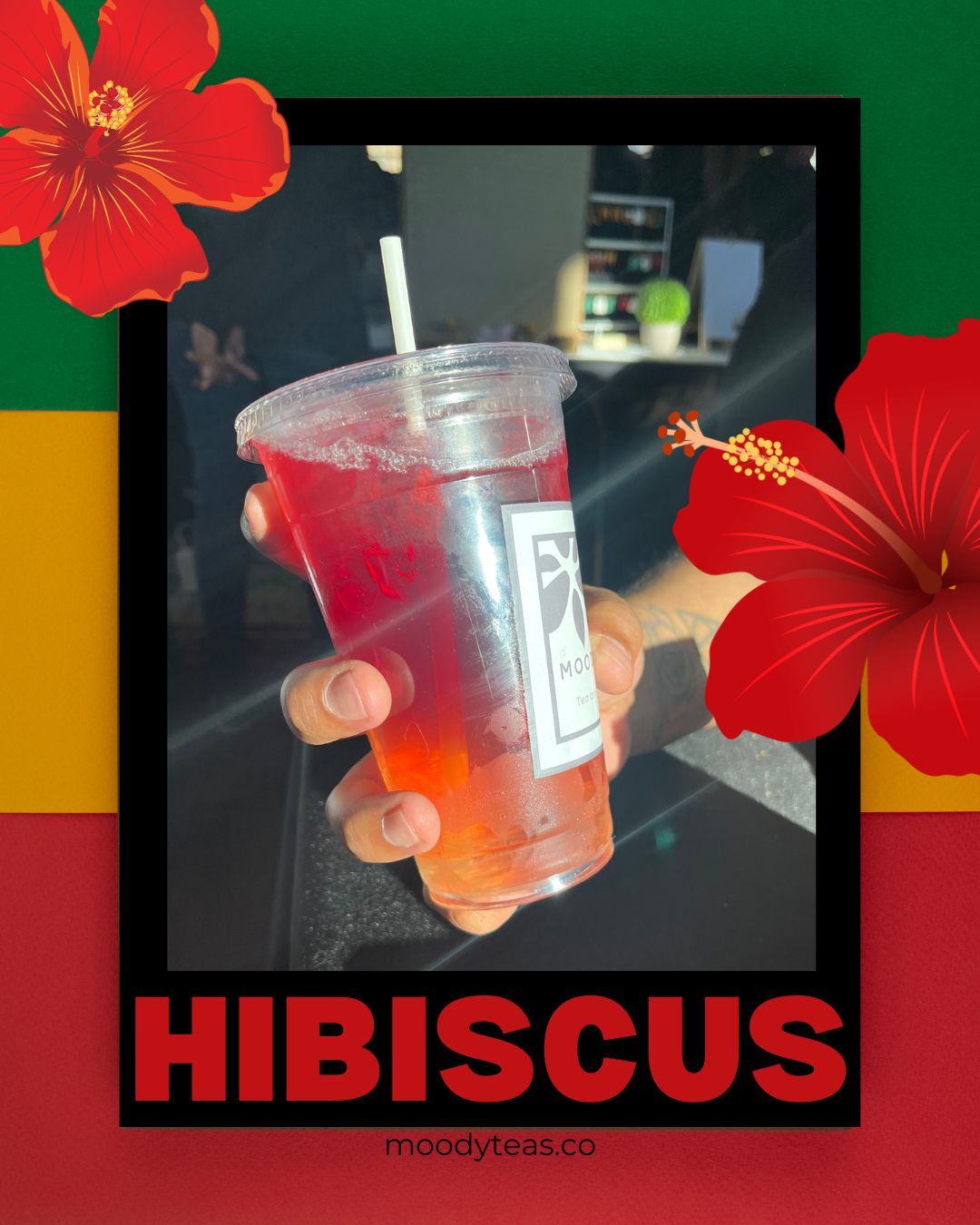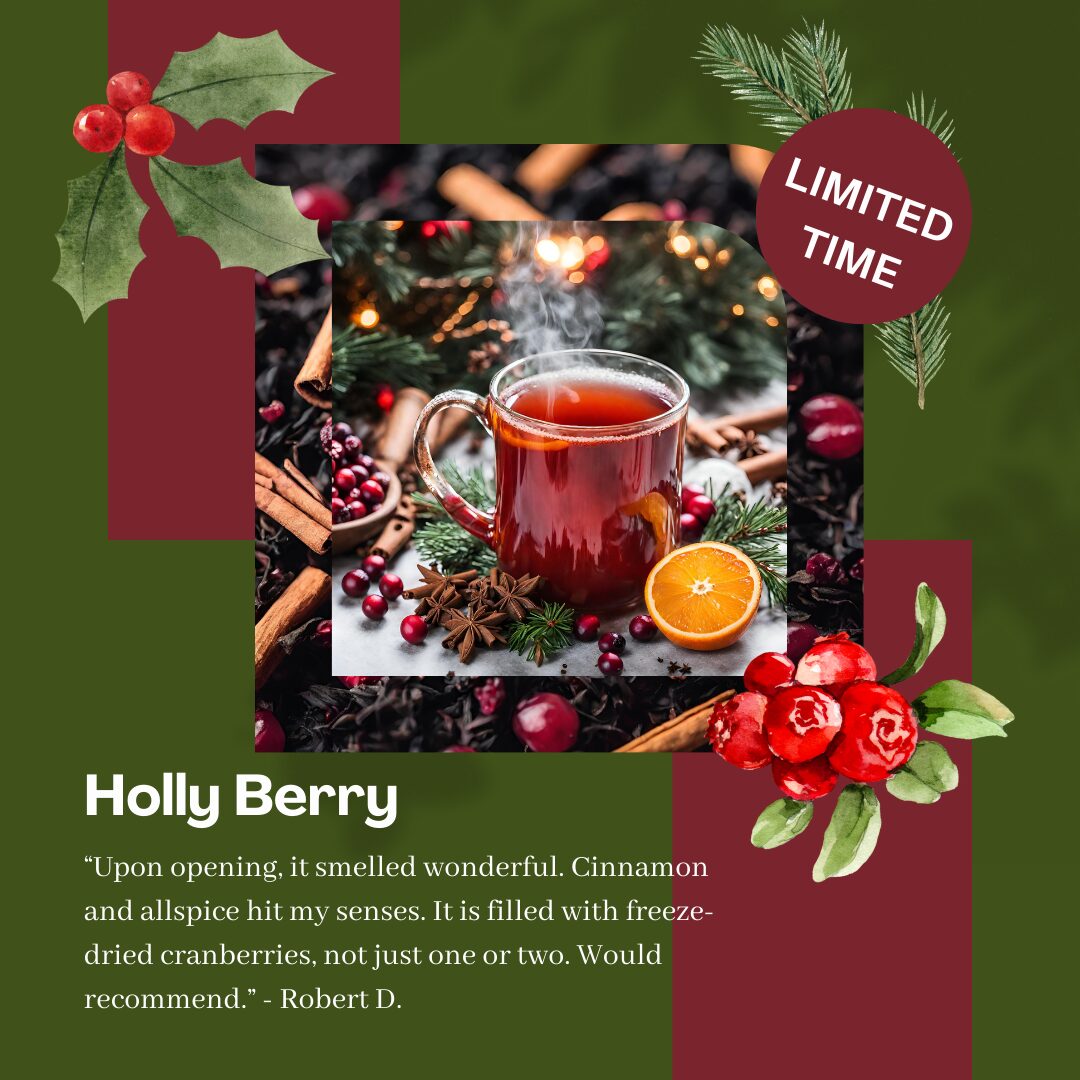Hibiscus tea is pretty popular nowadays. This is probably because it’s packed with potential benefits like reducing blood pressure, lowering cholesterol, and even possibly preventing cancer. But hibiscus drinks have actually been used around the world for a long, long time. They began in Africa, traveling around the world via the slave trade. Today, they are a traditional beverage often associated with Black history through the symbolism of “red drink.”
Hibiscus drinks around the world come in tons of varieties. Plus, recipes have changed and evolved across the centuries and continents. Different variations on hibiscus drinks are served hot or cold. They can be made with or without alcohol (typically wine or overproof rum, depending on where you are). Usually it’s sweetened, whether with sugar, brown sugar, or honey. Sometimes it’s brewed with other spices, like cloves, cinnamon, allspice, star anise, bay leaves, nutmeg, vanilla, or even mint. Some recipes include citrus like lemon, lime or orange.
If you’re a Moody fan already, you might’ve noticed some common ingredients these share with some of our blends. Jaidrate is a hibiscus blend inspired by Agua de Jamaica and Bissap. The ginger, orange and grapefruit peel, strawberry, and pineapple are all used to flavor different variations on this drink. On the caffeinated side, Peachy Keen is one of our Refreshing summer blends. It features a blend of hibiscus and guayusa with peach and ginger. Peachy Keen is a Juneteenth inspired blend. As you’ll learn below, hibiscus has played a huge role in Black history and Juneteenth since its beginning.
Hibiscus Drinks Around the World
Sorrel
Sorrel is a Caribbean drink, often made in the holiday season. This festive punch is typically made with hibiscus flavored with warming spices, including cinnamon, cloves, and ginger. The ingredients are boiled together and then left to steep for a couple days before being sweetened with sugar. Often Sorrel is spiked with wine, rum or a mix of both.
Agua de Jamaica, Jugo de Jamaica, or Rosa de Jamaica (Hibiscus)
Agua de Jamaica is a type of agua fresca popular in Mexico and Latin America. Unlike other hibiscus drinks, Agua de Jamaica isn’t usually flavored with other spices. Traditionally, it’s a strong brewed hibiscus iced tea, well sweetened with sugar to be sweet and tart. Agua de Jamaica is preferably made with fresh flowers, as opposed to dried. Most hibiscus tea is dried, so it can be hard to find a true Agua de Jamaica if you’re in the northern hemisphere.
Bissap
Bissap, as it’s known in Senegal and most of West Africa, is similar to Sorrel. It starts with a base of hibiscus, often flavored with ginger or cayenne along with lemon or lime. Some recipes have additional ingredients for flavoring. These can include herbs and fruits such as mint, pineapple, strawberry, banana, orange, cinnamon, cloves, nutmeg, or even bay leaves. Like many hibiscus drinks, it’s traditionally served cold. But it is sometimes consumed hot as a remedy when feeling under the weather.
Sobolo
Sobolo is the Ghanian version of Bissap, and is traditionally on the spicy side. This version often includes spices like ginger, cloves, dried chilis, black peppercorn, grains of paradise (gives a kick), grains of selim and calabash nutmeg. Sobolo is perhaps the most “different” compared to other hibiscus drinks because of some interesting spices. These spices are particularly unique to their regions, like grains of paradise. Sometimes called guinea pepper or alligator pepper, it’s a small seed in the same family as ginger, often used in West and North African cuisine. Grains of selim are the seeds of en evergreen tree that grows in East and West Africa and offers a musky, woody flavor. Native to West Africa, Calabash nutmeg is similarly warm and nutty to nutmeg, but also a bit woody.
Zobo
Zobo is the Nigerian version, and is similar to the Senegalese version Bissap. This version is often flavored with pineapple, lime, ginger, cinnamon, or cloves.
Significance to Black History
Hibiscus tea drinks originated in West Africa, where the hibiscus plant is native. During the slave trade, the plant was brought throughout the Carribean, where the similarity in climates allowed the hibiscus to flourish. The slaves continued to make versions of their traditional tea throughout the 15th through 19th centuries. During the course of the 1800s while the slave trade was slowly outlawed, it is said that the freed slaves drank hibiscus teas in celebration as then gained their freedom, including on Junteteenth. Throughout this period, having access to a familiar ingredient brought comfort and hope, and passing down the family recipe for these drinks became one of the very few ties the slaves had to their origins. After Juneteenth, it took on an additional meaning as a symbol of the sacrifice the fallen slaves made, since the drink has an almost blood red color.
Red Drink
If you’ve ever had hibiscus teas (even if it’s just Starbuck’s Passion Tango), you’ve noticed the vibrant reddish magenta color that makes it so distinctive. It’s a beautiful color, and there aren’t many other drinks with such a bright hue that don’t have artificial coloring. In fact, hibiscus tea historically contributed to the basis for “red drink.” Red drink refers to a variety of drinks (including red Kool-aid and the soda Big Red), and is a significant symbol in for many Black Americans. It represents the journey of the slaves, the sacrifices made, the resiliency and hope of Black people, and the importance of community, connection, and celebration.
So this Black History Month, enjoy a cup of Jaidrate, or better yet, find a local Caribbean or West African restaurant serving Sorrel, Bissap, or Sobolo. While you savor the sweet, tart, fruity and spiced flavors, take a moment to think about Hibiscus’ journey around the world and the people who carried it.






